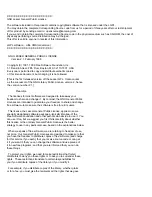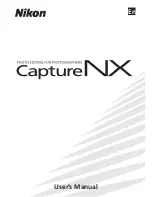
2-35
Catalyst 3550 Multilayer Switch Hardware Installation Guide
78-11358-03
Chapter 2 Installing and Starting the Switch
Connecting to the 10/100 and 10/100/1000 Ports
To maximize performance, choose one of these methods for configuring the
Ethernet ports:
•
Let the ports autonegotiate both speed and duplex.
•
Set the port speed and duplex parameters on both ends of the connection.
Follow these steps to connect to 10BASE-T, 100BASE-TX or 1000BASE-T
devices:
Caution
To prevent electrostatic-discharge (ESD) damage, follow your normal board and
component handling procedures.
Step 1
When connecting to workstations, servers, routers, and Cisco IP Phones, connect
a straight-through cable to an RJ-45 connector on the front panel. (See
.) When connecting to switches or repeaters, use a crossover cable.
(See the
“Cable and Adapter Specifications” section on page B-7
for cable-pinout
descriptions.)
Note
When connecting to 1000BASE-T-compatible devices, be sure to use a twisted
four-pair, Category 5 cable.
Step 2
Connect the other end of the cable to an RJ-45 connector on the other device. The
port LED turns on when both the switch and the connected device have
established link.
The port LED is amber while Spanning Tree Protocol (STP) discovers the
topology and searches for loops. This takes about 30 seconds, and then the port
LED turns green. If the port LED does not turn on, the device at the other end
might not be turned on, or there might be a cable problem or a problem with the
adapter installed in the attached device. See
for
solutions to cabling problems.
Step 3
Reconfigure and reboot the connected device if necessary.
Step 4
Repeat Steps 1 through 3 to connect each device.
















































